The jewelry industry has spent the past few years on a roller coaster, leaving retailers wondering what comes next—and how to manage their inventory in response
The pandemic and its aftermath left retailers reeling from a sense of whiplash. A demand surge characterized by plunging inventories was followed by a rush to restock.
“It was a real struggle for a year and half, two years, to even get the inventory we wanted to buy—we were so low for some time,” says Denise Richards, operations manager at Underwood Jewelers, which has three stores in northeastern Florida.
Andrea Hill, founder and CEO of Chicago-based Hill Management Group, noted that “at the end of the pandemic, everyone had done a good job of spending down their inventory.”
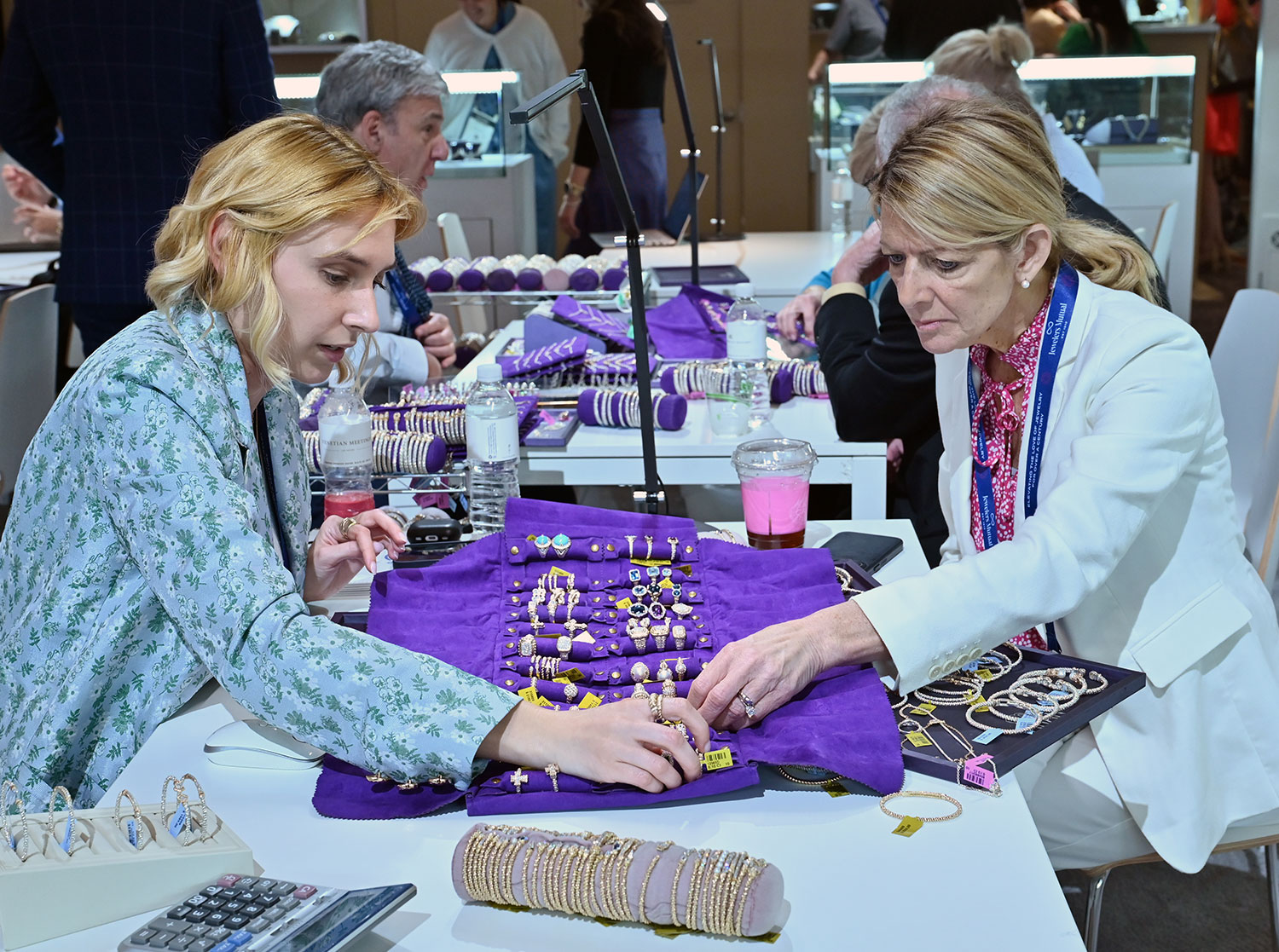
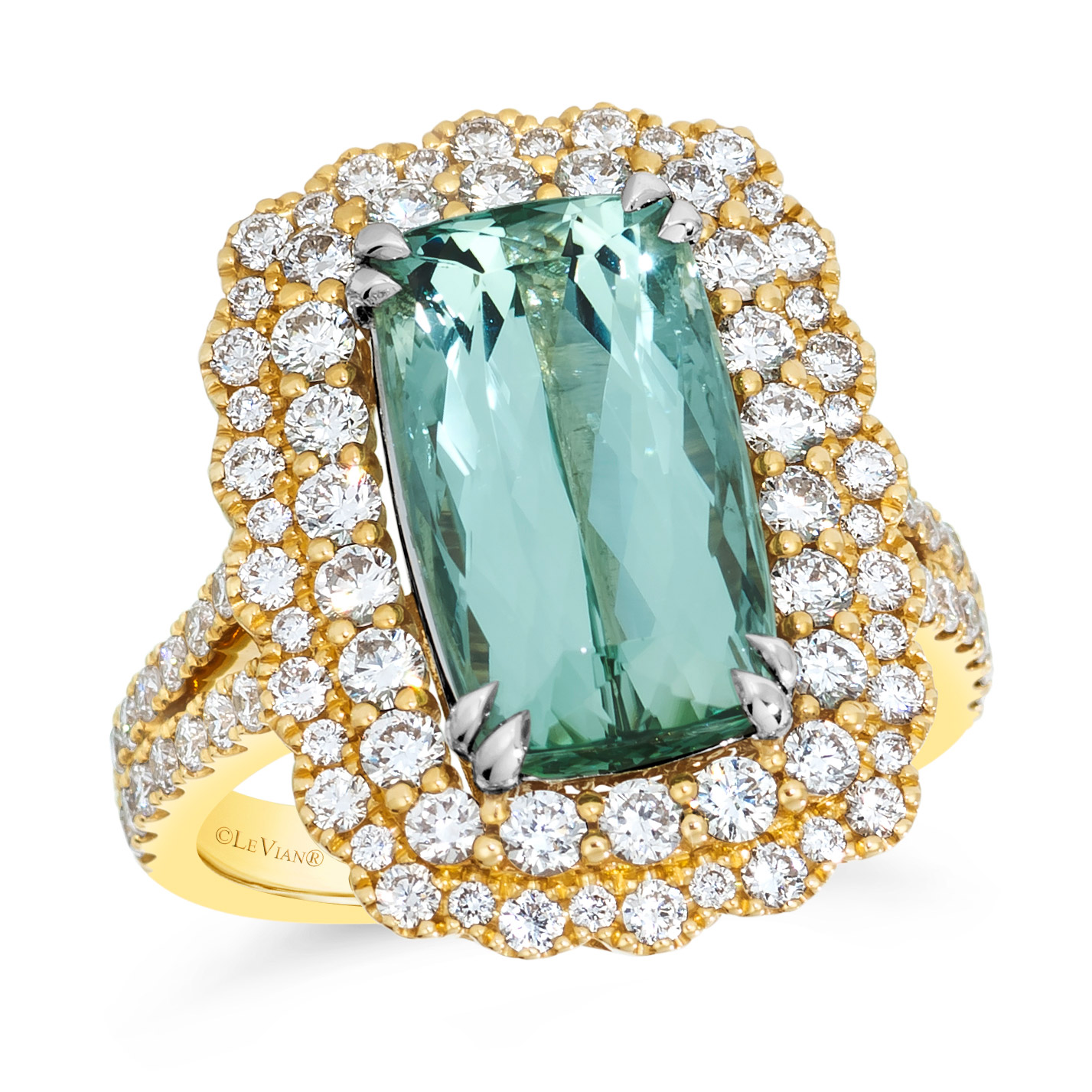
Retailers are reverting to pre-pandemic norms
Today, the opposite is true, industry experts say. “We have definitely been seeing a fallback to pre-COVID buying habits,” says Abe Sherman, CEO of Napa, Calif.–based Buyers Intelligence Group (BIG).
Customers aren’t snapping up pieces as readily as they did a few years ago. High inflation and unease about the trajectory of the economy have made price-conscious shoppers slower to spend, retailers say. The presidential election this year also contributes to a sense of uncertainty.
“It’s a reality right now that it’s tough out there, and people have to be super cautious,” says Paul Schneider, co-owner of Twist, which has stores in Portland, Ore., and Seattle. And Richards says Underwoods is planning for a lighter than normal trunk-show season at its Florida stores.
In an uncertain economy, a number of jewelry retailers not only are facing the dilemma of sluggish sales, but also are saddled with excess inventory. “I think a lot of the trade in the U.S. was caught with too much inventory,” industry analyst Paul Zimnisky tells JCK. “It seems like a lot are still working through de-stocking.” He attributes this to aggressive buying early last year when supply-chain bottlenecks eased, which coincided with consumers shifting their spending from goods to experiences as the impact of the pandemic faded.
That rush to build back inventory reflects a basic misunderstanding in how many retailers perceive the contents of their showcases and safes, Hill says. “As an industry, there’s always been a tendency to treat inventory as an asset,” she says. But tying up too much of your cash in inventory impedes your cash flow and limits your ability to quickly respond to market changes.
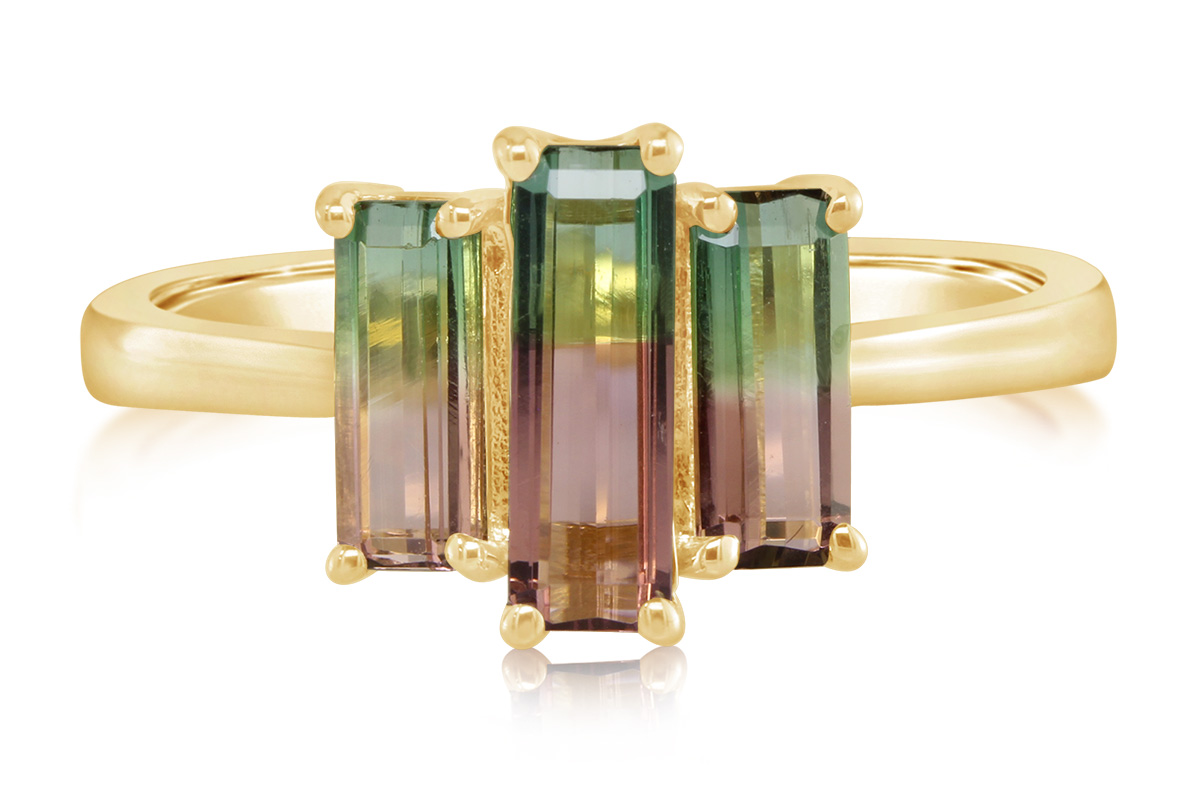
Nontraditional gems: The next big thing?
Retailers looking to navigate the challenges in today’s jewelry market—and adroitly manage their inventory to reflect customer demand—are noting the growing popularity of nontraditional gems, particularly at lower price points.
Jewelers say customers today are seeking alternative gemstones, a trend they attribute to social media as well as financial considerations. “Shoppers like color and they like gemstones, so more retailers are carrying color,” Hill says. “That’s a good thing. It makes the mix more interesting.”
Zimnisky says demand for alternative colored stones is reflected in data showing an increase in sales of lower-priced pieces. “It does seem like lower-priced fashion jewelry has been outperforming for the last six months or so.”
Consumers don’t always make the same distinctions as retailers do between precious and semiprecious gemstones, Hill points out—a phenomenon that some retailers report has led to unexpected demand for unusual stones.
“We just had a run on moss agate,” says Harris Botnick, co-owner of Worthmore Jewelers, which has stores in Atlanta and Decatur, Ga. “We’re also doing a lot more colored stone across the board,” he adds, including for engagement rings.
“The internet has cultivated that fun and funky look. Sometimes people have no clue what it is—they just think it’s cool,” says Kimberly Collins, founder of Kimberly Collins Colored Gems in Reno, Nev.
Julie Collins, vice president of merchandising at Day’s Jewelers, an eight-store retailer based in Waterville, Maine, says the store is responding to demand for colored gems by “doing deep dives into price points.” She says Day’s has begun sourcing more loose gemstones and working directly with designers to achieve the quality standards they seek at prices that will sell. Tourmaline, which has the distinction of being Maine’s state gemstone, has been a particular winner, she adds. “Being that it’s mined in Maine, it does give us a nice category we can do a lot with.”
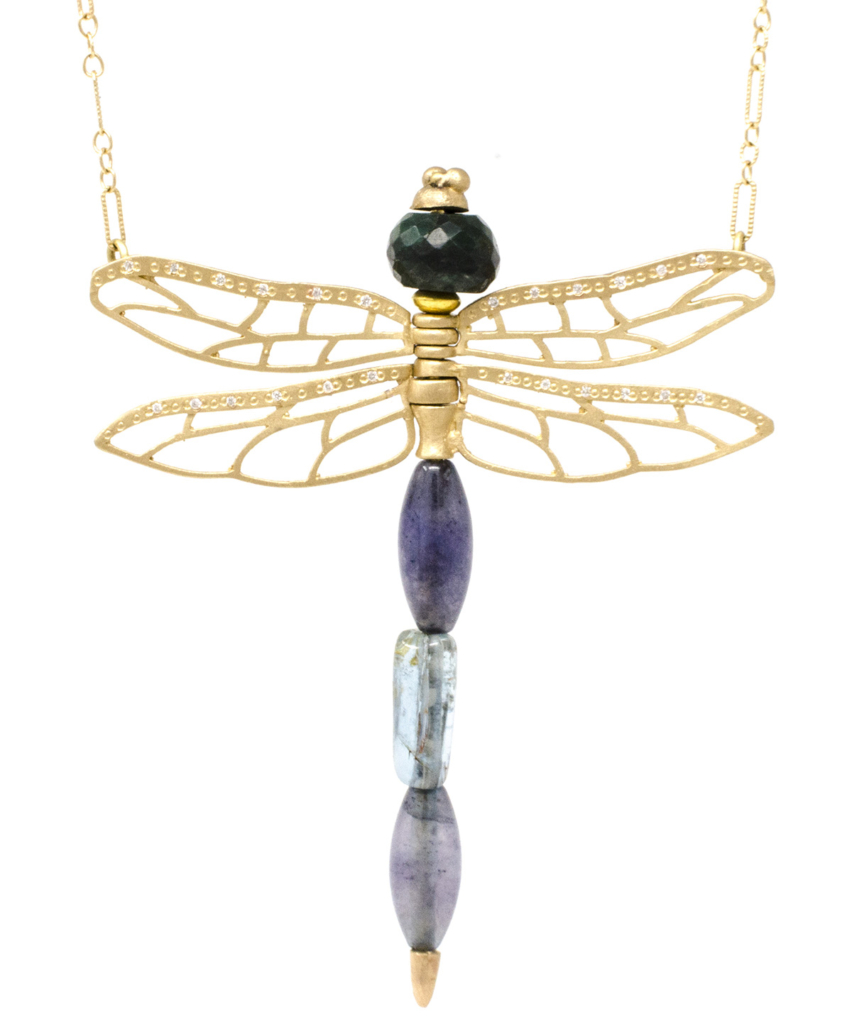
Wealth effect drives demand at the high end
While the trend toward alternative colored stones and the increase in sales of lower-priced jewelry offer opportunities for store profits, savvy owners and buyers will continue to serve shoppers desiring higher-end jewels. That’s because some pandemic buying habits seem to have stuck, particularly among affluent consumers. Although discretionary spending on travel and other experiential purchases has rebounded, a number of retailers say they’ve observed clients still willing to spend higher amounts on jewelry.
“During COVID, a lot of people started treating themselves,” Botnick says. “I truly feel that this has stuck with people—that retail therapy has become a part of their life.”
Some speculate that today’s readiness to spend is a function of residual wealth created by migratory patterns that saw a high-earning, remote workforce relocate to areas with lower costs of living. White-collar knowledge workers who continue to work from home also have more disposable income, freed from expenses such as commuting costs, work clothes, and takeout lunches.
“Some new wealth came out of the pandemic, and those people have discretionary income,” Collins says.
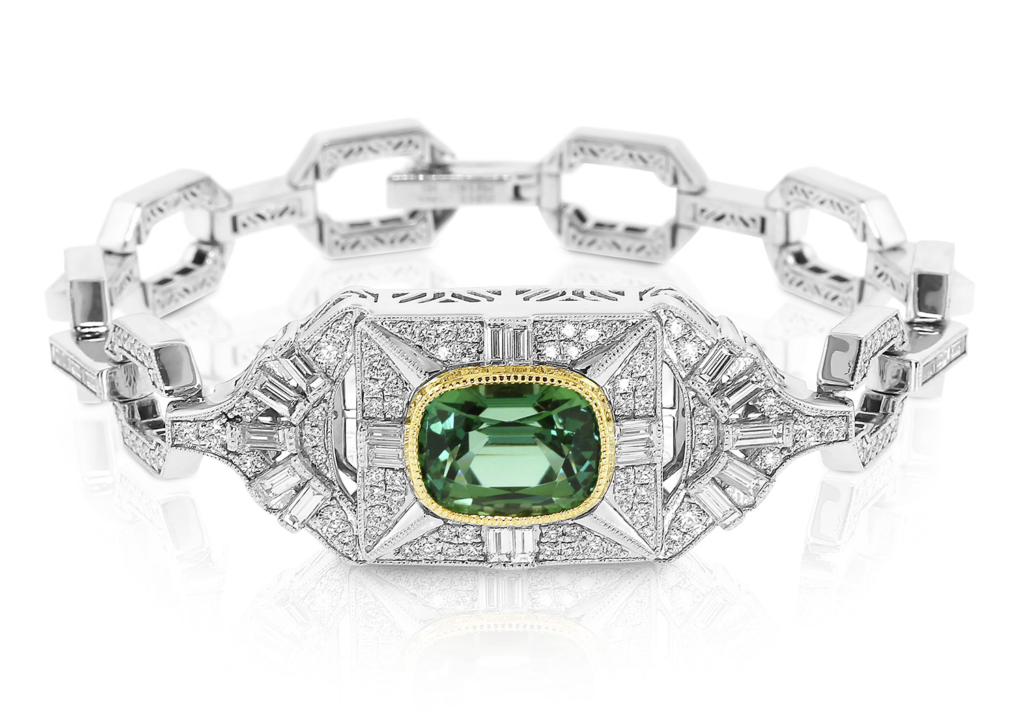
The trick is recognizing that such customers might be your customers. “I think a lot of stores, and maybe designers, too, just assume there’s no way customers are interested in pieces at a certain price,” Schneider says. These assumptions cause store owners to overlook potential sales.
Sherman agrees. “Opportunities exist up and down the price ladder in most stores—not only in entry-level merchandise, but sometimes in higher-end goods as well.”
That makes this an ideal time to reorient your inventory strategy around market-driven data analytics, Sherman says. Understanding customer behavior in your specific market down to a granular level will allow you to meet existing customers’ needs, he says, while giving you insight into your potential market and the prospective customer base just waiting to be tapped.
“Most people’s idea of inventory management is to reorder fast sellers,” Sherman says, adding that this is shortsighted. “Unless they’re planning by vendor, category, and price point, they’re missing opportunities.”
Top: A retailer at JCK Las Vegas 2024 (photo: Camilla Sjodin)
